AMD Navi RX 3080, 3070 & 3060 Specs & Prices Leaked
AMD is allegedly readying three brand new graphics cards based on its upcoming 7nm Navi graphics architecture, and if this leak courtesy of AdoredTV is accurate they’re going to sell like hot cakes! The venerable youtuber also dropped a massive leak earlier today detailing the specs and prices of AMD’s upcoming 7nm Ryzen 3000 series lineup, including a 16 core, 32 thread monster 3850X CPU with a 5.1GHz boost clock. You can find all the details here.
With that out of the way, let’s get into what AMD’s graphics division allegedly has in store for us at CES just over a month from now. It’s important to point out that none of these alleged specifications, performance claims or prices have been confirmed in any way shape or form. Take this unverified leak, as with any other, with a grain of salt.
AMD Radeon RX 3000 Series, a New Name for a New Series
AMD’s next generation Navi family will initially be comprised of three members, which the company is planning to announced at CES next month. These include the Radeon RX 3080, RX 3070 and RX 3060.
Yes, that’s what they’re supposedly going to be called. It appears that the company is looking to strengthen its graphics name recognition by streamlining its branding. Both of its upcoming Ryzen CPU & Radeon GPU product lines will now fall under one 3000 series banner. And who knows, maybe they’re hoping this might rub off some of Ryzen’s charm onto Radeon.
That, and Radeon 3000 is a whole thousand more than GeForce 2000. Attempting to one-up the competition by throwing around bigger numbers can certainly seem juvenile, but studies have shown that this kind of marketing actually works. So make of it what you will.
AMD Radeon RX 3080 — 7nm Navi 10 GPU, 8GB GDDR6 & RTX 2070 Class Performance at $249
Source : AdoredTV
With that being said, the RX 3080 will allegedly feature the company’s upcoming Navi 10 GPU built on TSMC’s 7nm FinFET process paired with 8GB of GDDR6 RAM. With a TDP rating of 150W and a price tag of $249, the RX 3080 occupies the mid-range sweet-spot that we’ve seen gamers overwhelmingly gravitate toward every generation.
In terms of performance, this supposedly mid-range card is said to be going up against NVIDIA’s RTX 2070 and deliver 10-15% better performance than the GTX 1080 and RX Vega 64. Which is quite remarkable, if true. RTX 2070 class performance at half the price really sounds out of this world. If you’re having a hard time believing this, don’t worry, you’re not alone because it does sound unbelievable.
AMD Radeon RX 3070 — 7nm Navi 12 GPU, 8GB GDDR6 & GTX 1070 Class Performance at $199
Source : AdoredTV
Next up we have the RX 3070, this card is said to feature the company’s upcoming 7nm Navi 12 GPU. The card will allegedly feature 8GB of GDDR6, a TDP of no more than 120W and deliver RX Vega 56 / GTX 1070 class performance at $199. This card is expected to compete with NVIDIA’s yet unreleased mid-range GTX 2060.
It will be very interesting to see how the already released RX 590 is going to fit in here, considering that the RX 3070 is set to render it entirely obsolete in a few months time, if this leak is to be believed.
AMD Radeon RX 3060 — 7nm Navi 12 GPU, 4GB GDDR6 & GTX 1060 Class Performance at $129
Source : AdoredTV
Lastly we have the RX 3060. Just like the RX 3070 this card is based on the 7nm Navi 12 GPU, although a slightly cut back version. The RX 3060 is said to feature 4GB of GDDR6 VRAM, a 75W TDP and no PCIe power connector. The card is expected to go up against NVIDIA’s yet unreleased GTX 2050 and deliver RX 580/ GTX 1060 class performance. Which is really impressive if true, considering the card supposedly does not come with a power connector.
This leak does paint a picture of Navi as a mainstream product, which is what we have been consistently hearing over the past year. But what is quite surprising is that it appears that what actually makes Navi mainstream is its incredibly affordable pricing and frugal TDP ratings across the lineup. In terms of performance however, there’s certainly nothing mainstream about a GPU that can tango with the RTX 2070. That is if this turns out to be actually true. Worry not though, we will hopefully find out in no more than a month’s time.
Worry not though, we will hopefully find out in no more than a month’s time.
Alleged AMD Radeon RX 3000 Series Specifications
| Graphics Card | GPU | Compute Units | VRAM | TDP | Performance Class (Competition) |
Price (RUMORED) |
|---|---|---|---|---|---|---|
| RX 3090 XT | Navi 20 | 64 | — | 225W | Radeon VII + 10% | $500 US |
| RX 3090 | Navi 20 | 60 | — | 180W | ~Radeon VII | $430 US |
| RX 3080 XT | Navi 10 | 56 | — | 190W | ~RTX 2070 | $330 US |
| RX 3080 | Navi 10 | 52 | 8GB GDDR6 | 175W | Vega 64 +10% | $280 US |
| RX 3070 XT | Navi 10 | 48 | — | 160W | Vega 64 | $250 US |
| RX 3070 | Navi 12 | 40 | 8GB GDDR6 | 130W | Vega 56 | $200 US |
| RX 3060 | Navi 12 | 32 | 4GB GDDR6 | 75W | RX 580 | $140 US |
Which RX 3000 Series Graphics Card Would You Most Likely Buy?
-
RX 3080
-
RX 3070
-
RX 3060
Poll Options are limited because JavaScript is disabled in your browser.
Bulls Take Charge of Vystar Corp. (OTC: VYST) and Rx3000
Search
1409
Vystar Corp. (OTC: VYST) is making a strong move up the charts and investors are starting to take notice. Breaking its previous highs on Friday VYST is emerging as a top traded stock in small caps.
VYST has been getting noticed for its Rx3000 ultraviolet (UV)-light air purification system designed specifically for hospitals which they acquired in 2018. The Company recently said it has shifted to Massachusetts production. Rx3000 utilizes ultraviolet-C (UV-C) germicidal irradiation (UVGI) to inactivate 99.97% of airborne viruses, bacteria and other pathogens on first pass.
Vystar Corp. (OTC: VYST) is a holding company for eco-friendly solutions for complex environmental challenges and the exclusive creator of Vytex Natural Rubber Latex (NRL), a multi-patented, all-natural, raw material that contains significantly reduced levels of the proteins found in natural rubber latex and can be used in over 40,000 products, and the owner of RxAir UV light air purification products. Vytex NRL is a 100% renewable resource, environmentally safe, “green” and fully biodegradable. Vystar is working with manufacturers across a broad range of consumer and medical products bringing Vytex NRL to market in adhesives, gloves, balloons, condoms, other medical devices and natural rubber latex foam mattresses, toppers, and pillows.
Vytex NRL is a 100% renewable resource, environmentally safe, “green” and fully biodegradable. Vystar is working with manufacturers across a broad range of consumer and medical products bringing Vytex NRL to market in adhesives, gloves, balloons, condoms, other medical devices and natural rubber latex foam mattresses, toppers, and pillows.
RxAir promotes a healthy lifestyle through the use of its innovative patented, ViraTech air purification technology, thereby improving the quality of life of each and every customer. Independently tested by EPA- and FDA-certified laboratories, the RxAir has been proven to destroy greater than 99% of bacteria and viruses and reduce concentrations of odors and VOCs. The RxAir uses high-intensity germicidal UV lamps that destroy bacteria and viruses instead of just trapping them, setting it apart from ordinary air filtration units. RxAir® and ViraTech® are registered trademarks of Vystar Corp.
To Find out the inside Scoop on VYST Subscribe to Microcapdaily. com Right Now by entering your Email in the box below
com Right Now by entering your Email in the box below
As stated in May VYST shifted to Massachusetts production of its Rx3000®. The Rx3000 combines patented ViraTech™ germicidal UV-C light with a five-stage HEPA filtration proven in independent EPA- and FDA-certified laboratory testing to inactivate on first pass more than 99.97% of airborne viruses, bacteria and other contaminants. Rx3000 has been proven effective at inactivating airborne pathogens that cause pneumonia, influenza, MRSA (staph), streptococcus (whooping cough), tuberculosis (TB), measles and a myriad of other antibiotic-resistant and viral infections.
According to VYST press release Rx3000 is used in hundreds of hospitals and healthcare facilities. With an MSRP of $8,000 per unit to service a 1,500 – 3,000 sq. ft. area, Rx3000 is very cost effective. Vystar acquired 100% of the assets and patented intellectual property related to the Rx3000, RxAir™ for residential and small business use, custom filtration and other UV light air purification technologies from UV Flu Technologies (OTCBB: UVFT) in 2018.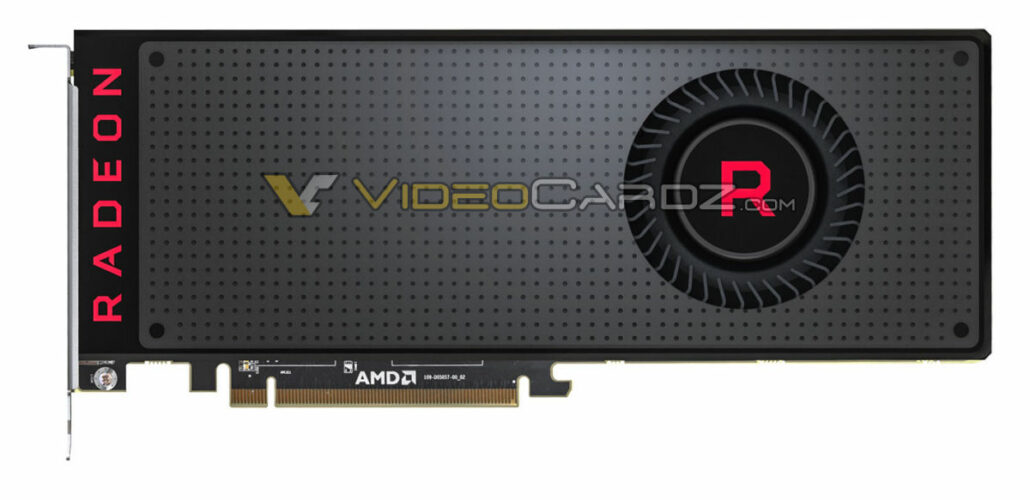 Vystar also acquired all of the equipment necessary to make the custom filters used in the Rx3000. These large multi-stage filters retail for approximately $800 and last up to 1 year, depending on use.
Vystar also acquired all of the equipment necessary to make the custom filters used in the Rx3000. These large multi-stage filters retail for approximately $800 and last up to 1 year, depending on use.
“We are proud to say that we’ve resumed production of the RX3000 and it is now made in Worcester, Massachusetts, enabling more control over quality and distribution,” stated Steve Rotman, CEO of Vystar. “We are now producing 50 units per week. Once we finish testing these units, we plan to ramp up to 1500 units.”
We have a Monster Pick Coming. Subscribe Right Now!
Currently trading at a $46 million market valuation VYST is reporting OTCQB with $10 million in current liabilities and over $6 million in sales during the last reporting quarter. The Company is currently delinquent in their filings. VYST is an exciting story developing in small caps; its 100% owned Rx3000 is FDA cleared as a Class II Medical Device and was designed by biomedical engineers for use in hospitals and healthcare facilities.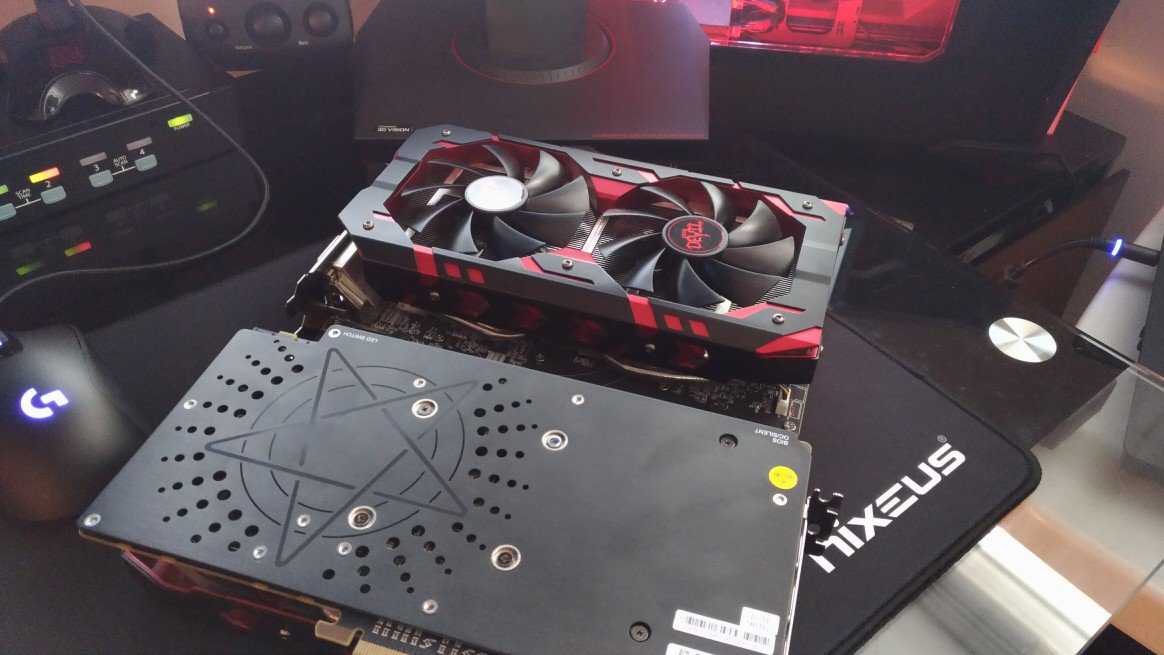 Rx3000 utilizes ultraviolet-C (UV-C) germicidal irradiation (UVGI) to inactivate 99.97% of airborne viruses, bacteria and other pathogens on first pass. According to VYST press release Rx3000 is used in hundreds of hospitals and healthcare facilities. With an MSRP of $8,000 per unit. We will be updating on VYST when more details emerge so make sure you are subscribed to Microcapdaily so you know what’s going on with VYST.
Rx3000 utilizes ultraviolet-C (UV-C) germicidal irradiation (UVGI) to inactivate 99.97% of airborne viruses, bacteria and other pathogens on first pass. According to VYST press release Rx3000 is used in hundreds of hospitals and healthcare facilities. With an MSRP of $8,000 per unit. We will be updating on VYST when more details emerge so make sure you are subscribed to Microcapdaily so you know what’s going on with VYST.
Disclosure: we hold no position in VYST either long or short and we have not been compensated for this article.
More articles
Latest article
|
3DNews Technologies and IT market. Video card news The characteristics, cost and… The most interesting in the reviews
05/06/2019 [17:45], Andrey Sozinov There are more and more rumors and leaks about upcoming AMD products.
So, according to the published data, the lower-end video cards of the new generation, the Radeon RX 3060 and RX 3070, will be built on the Navi 12 GPU. ), which means there are 2048 stream processors. The more powerful model will likely have a full version of the chip with 40 CUs, meaning 2560 stream processors.
In terms of performance, the Radeon RX 3060 will be approximately equal to the current Radeon RX 580, while the Radeon RX 3070 will become the equivalent of the Radeon RX Vega 56. New mid-range Radeon graphics cards will be built on Navi 10 GPUs. Rumor has it that AMD is preparing three models: Radeon RX 3070 XT, RX 3080 and RX 3080 XT. The first will be built on a GPU version with 48 CUs and 3072 stream processors, the second will be built on a version with 52 CUs and 3328 stream processors, and finally the third will offer 56 CUs and 3584 stream processors. It is known that the Radeon RX 3080 model will receive 8 GB of GDDR6 memory, but, unfortunately, nothing is known about the configurations of the memory subsystem in other models.
In terms of performance, the Radeon RX 3070 XT will be about equal to the Radeon RX Vega 64. In the meantime, let’s say a few words about AMD’s future flagships. They will be Radeon RX 3090 and RX 3090 XT video cards built on Navi 20 GPUs. It is worth noting right away that these chips and video cards based on them will be released later, most likely by the end of this year or the beginning of next year. It is also possible that AMD will first use Navi 20 in professional devices, in particular, future Radeon Instinct computing accelerators, and only then they will appear in consumer video cards. Be that as it may, according to the source, the Radeon RX 3090 will receive a GPU version with 3840 stream processors (60 CU), while the older Radeon RX 3090 XT will offer a full version of the chip with 64 CU and 4096 stream processors, respectively. The Radeon RX 3090 graphics card will be roughly equal in performance to the Radeon VII, while the Radeon RX 3090 XT will be 10% faster. At the same time, the TDP level of the new products will be 180 and 225 W, respectively, which is a significant improvement compared to the Radeon VII and its 295 W. But, as mentioned above, the key feature of future AMD video cards will not be their characteristics at all, but the price. According to the source, new AMD will cost no more than $500. Yes, a flagship with more performance than the Radeon VII will cost as little as $500. And you can get GeForce RTX 2070-level performance for as little as $330 with the Radeon RX 3080 XT. Other new items will also have a nice price tag, from $ 140 for the younger Radeon RX 3060. Source:
If you notice an error, select it with the mouse and press CTRL+ENTER. Related materials Permanent URL: https://3dnews.ru/987014 Headings: Tags: ← В |
List of the most important processor and chipset announcements from AMD for 2021 — dates, models and more
Navi video card specifications
There is no official information about future video cards yet. All that is now known is taken from leaks. Recently Baidu spotted a circuit board that will be used for Navi graphics cards. It has a VRM with an 8+1 pin power connector, as well as enough space to install eight GDDR6 memory chips. It may seem like the board has too much power, but if AMD wants to get the most out of 7nm chips and outrun Nvidia, the company will need every watt.
It may seem like the board has too much power, but if AMD wants to get the most out of 7nm chips and outrun Nvidia, the company will need every watt.
Video card chips are expected to be manufactured at TSMC in a 7nm process. Earlier there were rumors that video cards based on the Navi architecture will be modular. This means that the Navi video card will not be one computing chip, but several combined together. AMD already has experience in combining chips in AMD Ryzen and Epyc using Infinity Fabric. This controller connects the chips together and allows them to work as one. A similar technology has already been used in the Vega architecture, for communication between high-speed cache memory and HBM2 memory.
But AMD management says that bringing this technology to life is not such an easy task, so it is not yet known whether the new video cards will be modular. But this is a priority. In the past, AMD has released graphics cards that combine two chips into one to provide higher performance than Nvidia.
As for the type of memory, there are more reliable data. At the Computex conference, an AMD representative confirmed that the new graphics cards will use the most efficient and fastest memory, and at the moment it is GDDR6.
Another source is AdoredTV. Recently, Jim Parker released a video that outlines the characteristics of three alleged video cards from the upcoming series. Previous leaks from this person were quite accurate, however, you must understand that this information cannot be trusted, like the official announcement.
According to AdoredTV, AMD will be using a new naming scheme for its graphics cards. The first batch of video cards will be released under the Radeon RX 3000 brand, and not the RX 600. This is quite a good marketing ploy, since the company hints with this name that its video cards are better than the NVIDIA RTX 20 series, and this naming is also consonant with the name of future AMD Ryzen 3000 processors. Considering how much success the company has had with Ryzen processors lately, it’s a great idea to associate graphics cards with processors.
The amd Radeon RX 3080 specifications are as follows. It will come with 8 GB of GDDR6 memory and have a heat dissipation in the region of 150 watts. The Radeon RX 3080 should also be 15% faster than the RX Vega 64.
The Radeon RX 3070 will also have 6 GB of GDDR6 memory, but it will be built on the Navi 12 architecture. It will have the same performance as the RX Vega 56 but will run at 120 watts.
The Radeon RX 3060 will also be based on the Navi 12 architecture. However, it will only have 4 GB of GDDR6 memory and 75 watts of heat dissipation. There will be no additional six-pin connector in this video card; it will take all the necessary power from the PCIe x16 slot. In terms of performance, this card may be on par with the Radeon RX 580. More precise AMD Navi specs will be available closer to the release date.
Samsung Exynos chips with AMD graphics are expected to be announced in the summer
of the 320 new AMD Ryzen 5000 processors it received, they were found to be non-working, corresponding to a defect rate of 6%. PCWorld decided to deal with the issue and find out if the percentage of defects in chips based on Zen 3 is really so high.
PCWorld decided to deal with the issue and find out if the percentage of defects in chips based on Zen 3 is really so high.
It is worth noting that already on February 15, the sensational tweet was deleted, after which PowerGPU wrote on Twitter that during a conversation with AMD, the companies decided to jointly test a number of processors and motherboards. PCWorld has reached out to PowerGPU for comment, but the PC maker has yet to respond. The resource also turned to AMD, which stated that the situation with the PowerGPU is an isolated case.
To get a bigger picture, PCWorld contacted some other PC builders to see if they’ve experienced similar issues. In order for the collectors not to be afraid to report truthful data, the resource agreed not to publish the names of the companies. It is worth noting that all three companies surveyed sell more PCs than PowerGPUs, so sample sizes may be more indicative of the extent of the problem.
The first computer manufacturer claimed to have seen no problems at all with Ryzen-based systems. The company said it would be aware of the problem as it closely monitors its production line and product returns. In addition, components that exceed the 2% reject threshold are flagged immediately. The second company also stated that there are no problems with the new Ryzen.
The company said it would be aware of the problem as it closely monitors its production line and product returns. In addition, components that exceed the 2% reject threshold are flagged immediately. The second company also stated that there are no problems with the new Ryzen.
A third computer manufacturer shared more detailed information. The company said it could not confirm PowerGPU data on the number of non-working processors. However, a spokesperson said that Ryzen chips are three times more likely to fail the company’s internal quality checks than Intel processors. According to him, 2.9% of Ryzen 5000 processors, about 3% of Ryzen 3000 chips and 2.5% of Threadripper 3000 units do not meet the manufacturer’s standards.
In comparison, only 0.9% of ninth generation Intel chips and 1.2% of tenth generation processors. It is worth noting that we are not talking about non-working processors. The manufacturer tests each processor in systems with fully occupied RAM slots. Some of the chips that are rejected simply cannot provide maximum performance or minimum memory latency. The company says that it cannot call such indicators a problem. It’s also worth noting that the manufacturer produces many more systems based on Intel chips, so the lower percentage of «blue» processors that fail the test may in part be due to simply a larger sample. In addition, according to the company, there is no relationship between the power of processors and the percentage of defects.
Some of the chips that are rejected simply cannot provide maximum performance or minimum memory latency. The company says that it cannot call such indicators a problem. It’s also worth noting that the manufacturer produces many more systems based on Intel chips, so the lower percentage of «blue» processors that fail the test may in part be due to simply a larger sample. In addition, according to the company, there is no relationship between the power of processors and the percentage of defects.
The data obtained by PCWorld is confirmed by other authoritative sources. According to Kitiguru.net, Ryzen 5000 processors have a much lower than 1% defect rate, which is a pretty good result. Thus, the problem that the PowerGPU has is out of the ordinary. Either the company, for unknown reasons, disliked AMD products, or somehow got into an extremely unsuccessful batch, which, however, is unlikely. We hope that PowerGPU will investigate and tell you about the causes of the problem. In any case, users who want to purchase the Ryzen 5000 should not worry about the quality of the chips in this series.
AMD Radeon RX 3080 release date
AMD CEO Lisa Su has already confirmed that the new graphics cards will be released in the third quarter of 2021, which means we have a window from July to September.
It was known from early leaks that these graphics cards would be announced at Computex and would be released around July 2019. From the latest rumors, it can be assumed that the release date of the new video cards is scheduled for July 7, 2021. However, we will be able to find out more detailed information only after the Computex exhibition, which will be held in May.
Previously unconfirmed rumors that AMD is experiencing some problems with the production of these video cards. Therefore, it was assumed that the release date of the Navi graphics cards was delayed until the fourth quarter of 2021, until October. Previously, it was planned to involve GlobalFoundries for the production of video cards and processors, but it experienced difficulties with the introduction of the 7 nm process technology.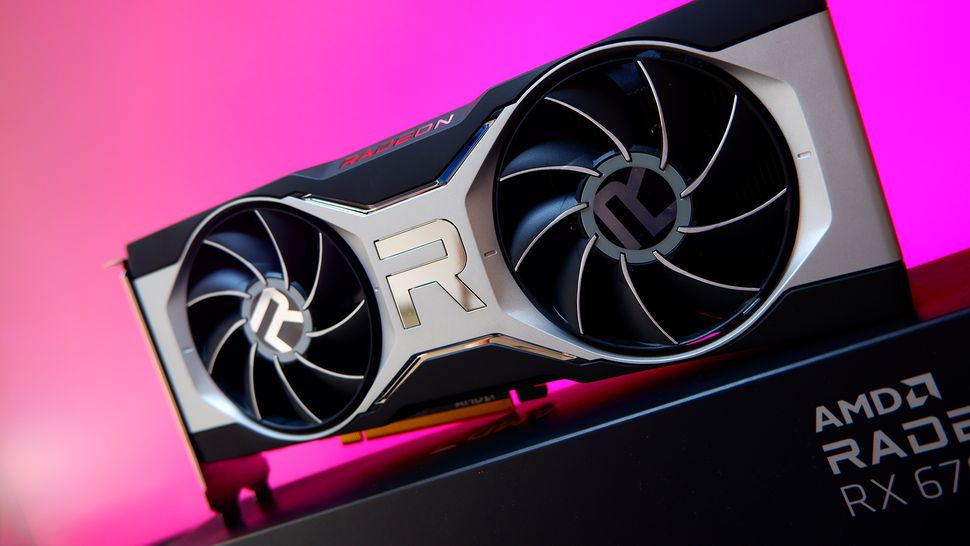 So AMD is now working with chip maker TSMC. This manufacturer already makes chips for Ryzen, EPYC Rome processors and Vega II graphics cards. However, the release date of new video cards in June-July is quite realistic.
So AMD is now working with chip maker TSMC. This manufacturer already makes chips for Ryzen, EPYC Rome processors and Vega II graphics cards. However, the release date of new video cards in June-July is quite realistic.
AMD again promised to release a gaming graphics card based on Big Navi in 2021
AMD confirmed its previous statements that we will see a gaming accelerator in 2020, known as Big Navi. The announcement was again made by CEO Dr. Lisa Su in the latest video on the official channel titled «Bring Up»: she confirmed that next-generation AMD Radeon RX graphics card based on RNDA2 for enthusiasts will appear this year.
If we talk about the exact words of the head of AMD, it literally said the following: “The main thing I want to say to our fans is that 2021 has just begun for us. I heard something on Twitter and Reddit regarding people’s expectations of the so-called Big Navi graphics card. I can say that you will indeed see Big Navi in 2021. Also, probably some people are wondering about the fate of the Zen 3 architecture — I can also tell you that things are going very well with Zen 3, and we are happy about it.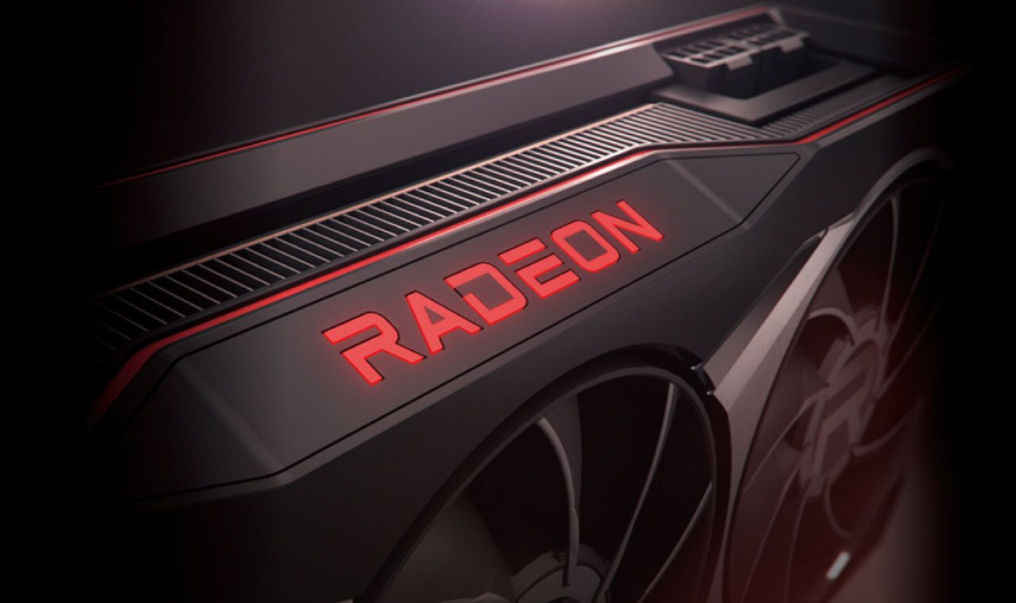 I look forward to sharing the details later in 2021.”
I look forward to sharing the details later in 2021.”
This is not the first confirmation that a chip codenamed Big Navi really exists and will become the new flagship graphics accelerator in the AMD Radeon RX family. Recall: during CES, Lisa Su, when asked about the flagship Radeon accelerator, answered with a smile: “I know that Reddit users want high-performance Navi! You can expect us to make such an advanced Navi — it’s important for us to have it. The discrete graphics market, especially high-end graphics, is very important to us. So you can expect us to have a high performance Navi, although I usually don’t comment on unrepresented products.»
This accelerator, presumably based on the RDNA 2 architecture, will need to receive hardware ray tracing acceleration blocks: at the same time at CES, Ms. Su made this comment: “I have said in the past that real-time ray tracing is important, and I still I believe so, but if you look at where the technology is right now, it becomes clear that it is still at a very early stage in its development.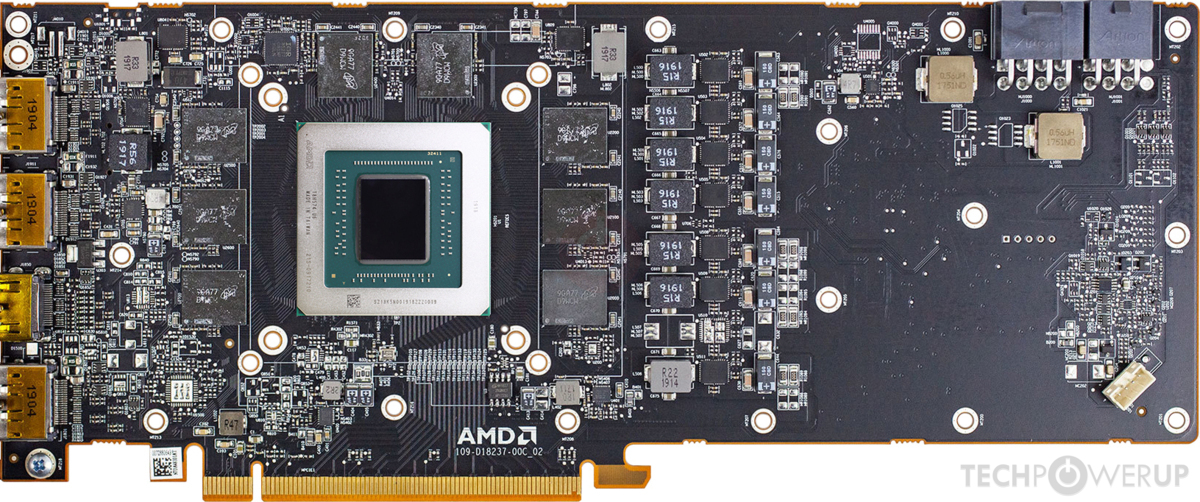 We’re investing heavily in ray tracing, and we’re investing equally heavily in building the ecosystem around it — both of our partners in the console market have also said they’ll use hardware accelerated ray tracing. You can count on our discrete graphics to get ray tracing during 2020 as well. I am sure that while we are at an early stage, the ecosystem still has a long way to go. We need more games, more software, and more apps to take advantage of the technology. At AMD, we feel very confident about our approach to ray tracing technologies.”
We’re investing heavily in ray tracing, and we’re investing equally heavily in building the ecosystem around it — both of our partners in the console market have also said they’ll use hardware accelerated ray tracing. You can count on our discrete graphics to get ray tracing during 2020 as well. I am sure that while we are at an early stage, the ecosystem still has a long way to go. We need more games, more software, and more apps to take advantage of the technology. At AMD, we feel very confident about our approach to ray tracing technologies.”
AMD Radeon RX Navi high-end GPUs are rumored to be twice as fast as Navi 10 and have a huge die area. Here are some of the features to look forward to next generation RDNA Navi GPUs:
- RDNA 2 architecture;
- optimized 7nm+ process;
- enthusiast desktop graphics options;
- hardware support for ray tracing;
- graphics cards with both GDDR6 and HBM2 memory;
- higher energy efficiency than first generation Navi.


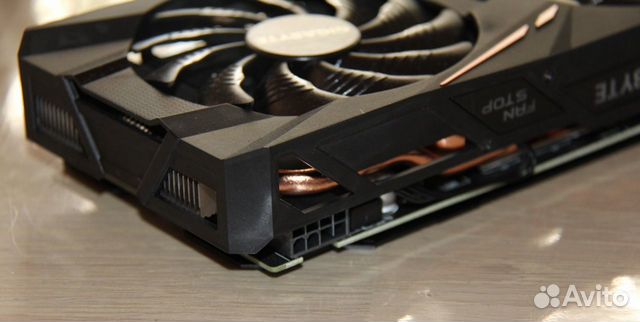 This time YouTube channel AdoredTV shared some fresh data on upcoming AMD Navi GPUs. The source provides data on the characteristics and prices of the entire new series of AMD video cards, which, according to reports, will be called the Radeon RX 3000. It turns out that if the information about the name is correct, then AMD will have both video cards and processors of the 3000 series.
This time YouTube channel AdoredTV shared some fresh data on upcoming AMD Navi GPUs. The source provides data on the characteristics and prices of the entire new series of AMD video cards, which, according to reports, will be called the Radeon RX 3000. It turns out that if the information about the name is correct, then AMD will have both video cards and processors of the 3000 series.  At the same time, the new items will consume much less power, since the Navi GPUs are made using the 7nm process technology . It is reported that the TDP level of the younger Radeon RX 3060 will be only 75 watts, while the Radeon RX 3070 will fit into 130 watts. Video cards will receive 4 and 8 GB of GDDR6 memory, respectively.
At the same time, the new items will consume much less power, since the Navi GPUs are made using the 7nm process technology . It is reported that the TDP level of the younger Radeon RX 3060 will be only 75 watts, while the Radeon RX 3070 will fit into 130 watts. Video cards will receive 4 and 8 GB of GDDR6 memory, respectively.  The Radeon RX 3080 will offer about 10% more power, and the older Radeon RX 3080 XT should already be equal to the GeForce RTX 2070. In terms of power consumption, then, according to the source, it will be 160, 175 and 190 watts, respectively. And when compared with the Radeon RX Vega 64, there is a significant increase in efficiency. But the same GeForce RTX 2070 has a lower TDP level — 175 W, against 190 W for the Radeon RX 3080 XT. And this is somewhat alarming, but, fortunately, AMD has another trump card, which we will talk about at the end.
The Radeon RX 3080 will offer about 10% more power, and the older Radeon RX 3080 XT should already be equal to the GeForce RTX 2070. In terms of power consumption, then, according to the source, it will be 160, 175 and 190 watts, respectively. And when compared with the Radeon RX Vega 64, there is a significant increase in efficiency. But the same GeForce RTX 2070 has a lower TDP level — 175 W, against 190 W for the Radeon RX 3080 XT. And this is somewhat alarming, but, fortunately, AMD has another trump card, which we will talk about at the end. 
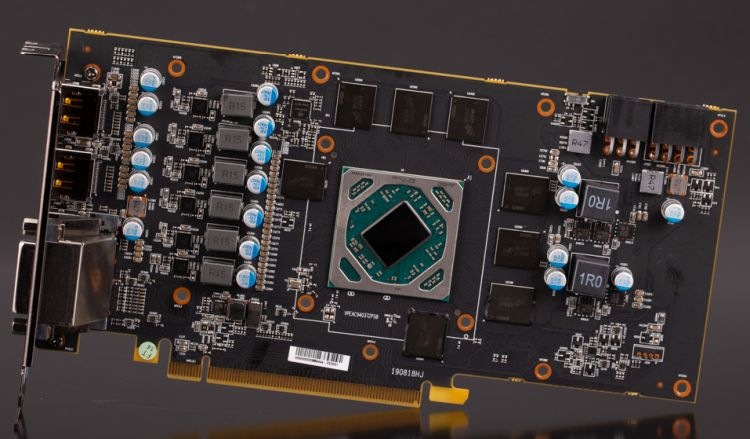 Of course, if the rumors are true.
Of course, if the rumors are true.